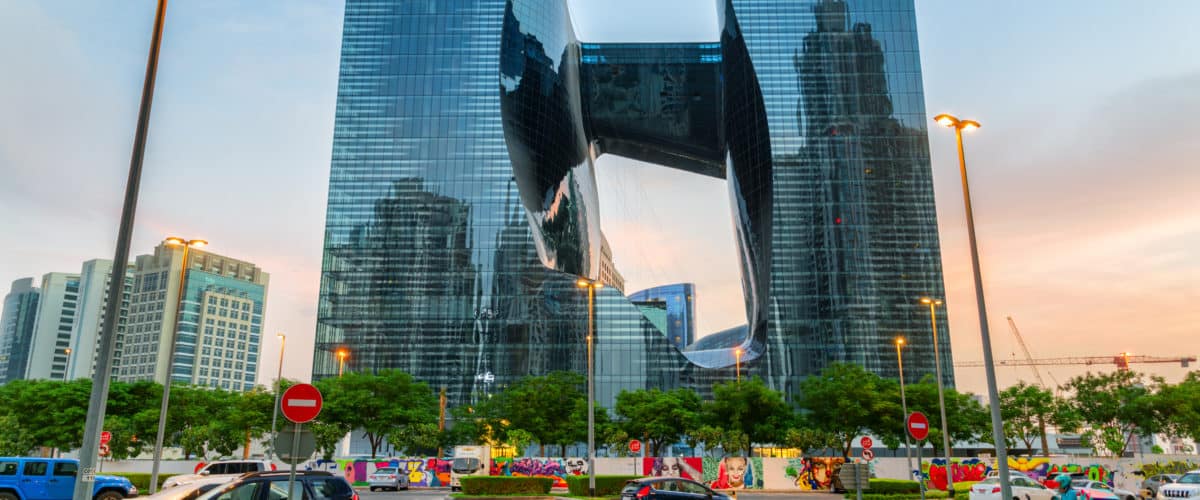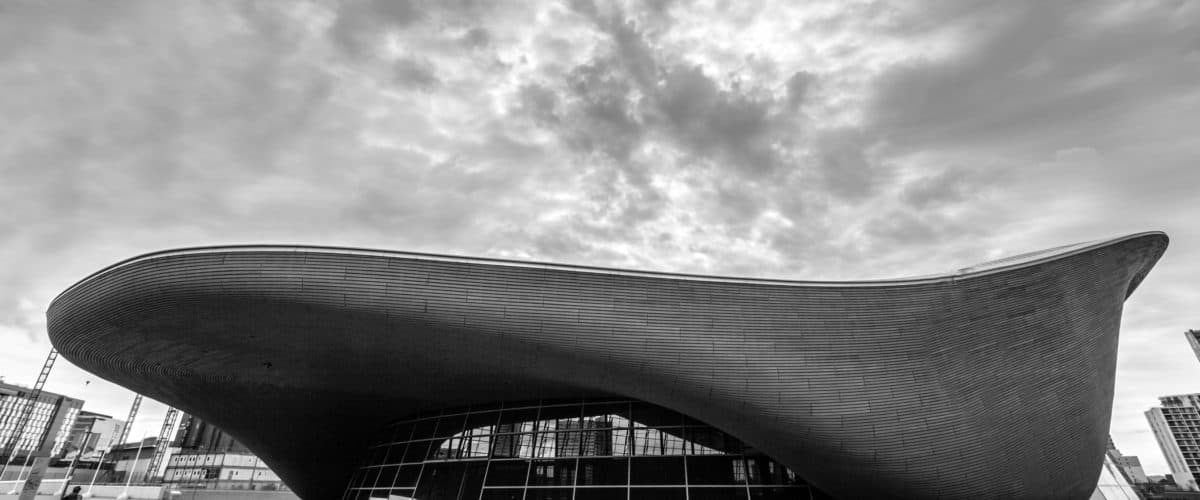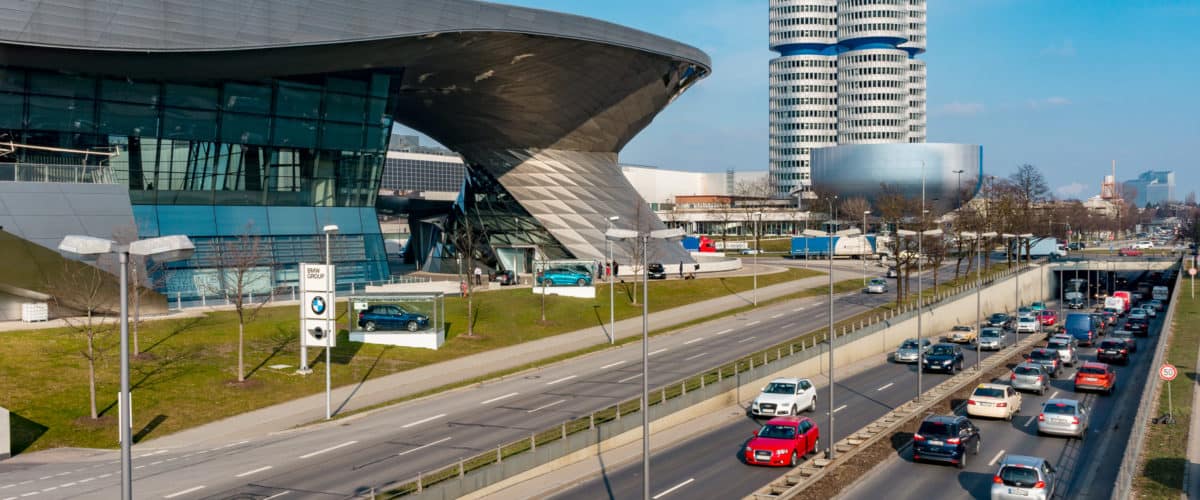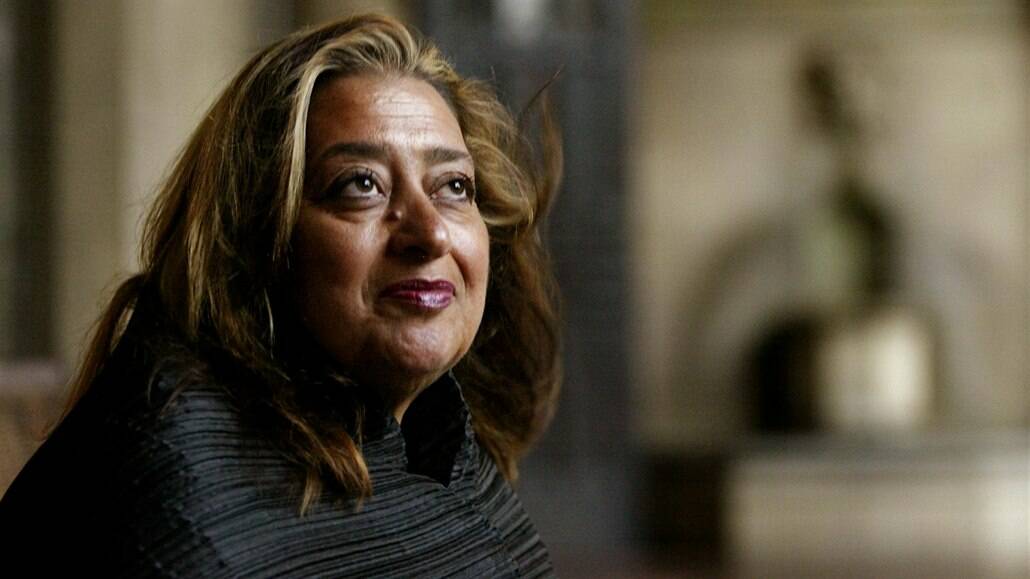Check out these stunning examples of avant-garde architecture from the contemporary era. Zaha Hadid's work on everything from the Sydney Opera House to the London Oval Office will be remembered.
Many women looked up to her as a role model since she was a female architect who stood up for herself and worked around impediments rather than giving up when presented with difficulties. She has garnered multiple honors for her innovative architectural concepts during her career. The Jane Drew Prize for Female Architects was awarded to Zaha Hadid this year for her work.
Dame Zaha Hadid, a British architect of Iraqi origin, received the Pritzker Prize in 2004 for her radical deconstructionist designs. She was born in Iraq and attended one of the country’s most famous architecture colleges. Zaha was inspired by the “Deconstructivism” or “Deconstruction Architecture” movement that emerged in the 1980s. Deconstructionist, Supermatisit, Topographical, Organic Shapes, and Parametric Architectural Form are all examples of Zaha’s unique and distinct style, which she developed by combining the art of dominance with architectural deconstruction, resulting in five different architectural patterns. With over 208 completed buildings worldwide, Zaha has earned several honors for her architectural prowess and technological advancements. Zaha Hadid’s architectural style and the most inspiring architectural lesson she imparted are discussed in this article.
Significance of Zaha Hadid’s Design Philosophy and Architectural style
The Iraqi-born British architect is an outlier in an industry dominated by males. The dynamism of her public buildings is a common term used to define her. With regards to her work, Zaha Hadid is known for using powerful, sometimes aggressive, lines as a design approach.
It was not Hadid’s intention to leave a lasting mark on the world or to gratify her ego, but her aesthetics and design philosophy are focused on tackling modern-day difficulties and possibilities. We’ll traverse some of her most well-known works in the following section.
Abu Dhabi’s Zaha Hadid-designed masterpiece, The Opus,

Zaha Hadid’s final work, Opus in Dubai, is a masterpiece. At the heart of the area is the Burj Khalifa structure, which houses several restaurants, offices, and very luxurious houses, in addition to a hotel. This postmortem building provides an opportunity to view an additional example of the architect’s particular form language. Two glass towers form the Opus, in line with the flowing curves that characterize the artist’s other works. An iron and glass bridge unites the structure’s two parts. The Middle East Architect Award for Leisure and Hospitality Project of 2017 recognized the design and creative effort for its outstanding performance 2017.
The London Aquatics Centre

Many people will always recall the London Aquatics Centre as the venue of the 2012 Summer Olympics and Paralympics. There have been several alterations made to water sports stadiums in the last several years. Extensive demolition was done after the 2012 Summer Olympics in London to make way for new permanent seating. Zaha Hadid’s flowing lines and choice of materials have left their imprint on the London Aquatics Centre.
The Potential of Deconstructivism
The architecture that blended modernist aesthetics with Russian avant-garde geometry was described as deconstructivism. For Hadid, this method was particularly crucial since it allowed her to experiment with the Russian structuralist artists she admired, notably Kazimir Malevich and Vladimir Tatlin. The Peak’s success cleared the way for Hadid’s first completed project in 1993, a private fire station for the Vitra furniture business in Weil am Rhein. Its sturdy composition, consisting of concrete fragments at acute angles, pushed the limits of structural viability. The rough lines and sharp angles that distinguished Hadid’s early work got her the title “queen of the curve.”
Zaha Hadid’s inspirational and architectural lessons
Architecture is a forward-thinking profession that strives to improve itself. All of history’s greatest architects have possessed this forward-thinking, cutting-edge vision that has guided their work. The same can be said for Zaha, who is now a well-respected and forward-thinking figure in the world of architecture. With her innovative, cutting-edge beliefs, she has burst past the glass ceiling and helped push the limits of architectural and design disciplines even further.
Fluidity Transcends gender
It’s still tough for a female architect to go out on her own. It remains a man’s world. ” Her ability to think spatially sets her apart from the crowd.

According to Zaha, the BMW Central building is a location with numerous faces and dimensions. This room exemplifies how she has redesigned the traditional office setup. There exists a “dynamism in the structure and operations which is transcending the traditional distinctions between blue-collar and white-collar employees through her mobility.
It’s a blend of nature and Architecture
Memories from her youth in southern Iraq influenced her art in a location where there was harmony between the sand, water, structures, and people.
With the help of natural and man-made components, the Maggie Centers in Fife, Scotland, achieve this. The architecture of the structure was primarily concerned with providing a haven for cancer patients in need of protection. Because of its proximity to Victoria Hospital, the center is nestled in a quiet valley amid rolling hills and verdant vegetation, fusing the best of both worlds.
In conclusion, architecture has been permanently influenced by Zaha Hadid’s distinctive sweeping arcs. Despite this, it is comforting to know that her work will be accessible to future generations. In the wake of her death, a new generation of aspiring architects will be motivated to pursue their dreams.
Photo: Reuters/Reuters
You might also like:
Support us!
All your donations will be used to pay the magazine’s journalists and to support the ongoing costs of maintaining the site.
Share this post
Interested in co-operating with us?
We are open to co-operation from writers and businesses alike. You can reach us on our email at [email protected]/[email protected] and we will get back to you as quick as we can.









